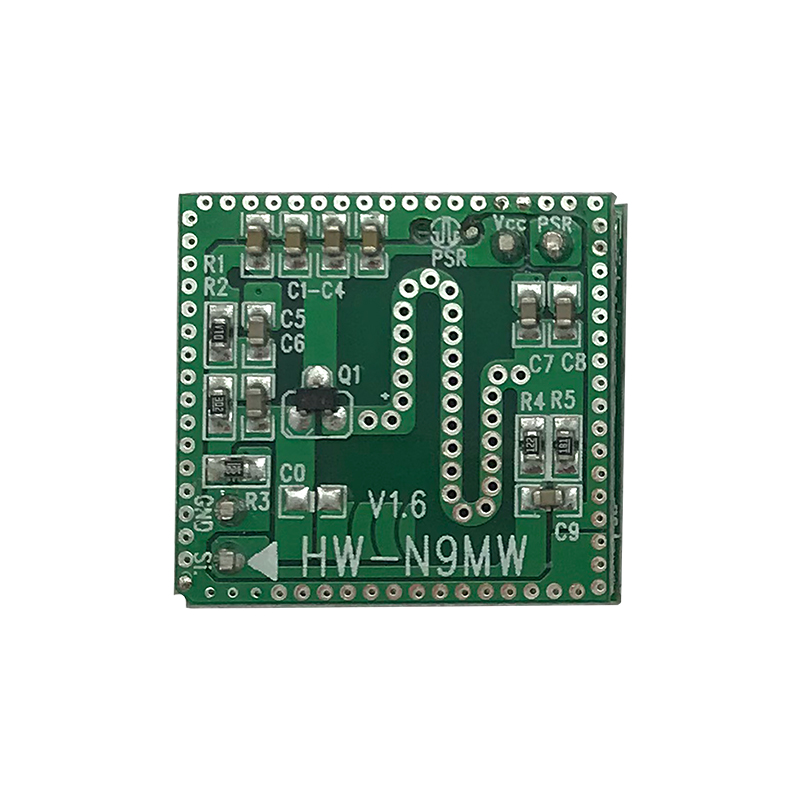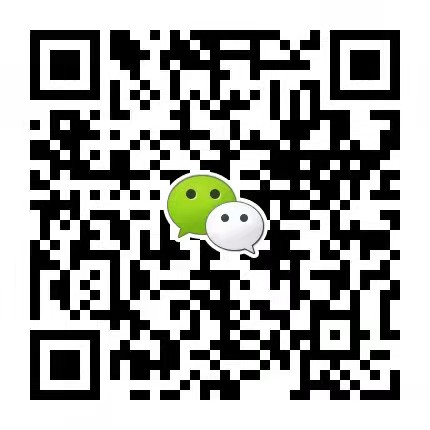 1004,West-CBD,No.139 Binhe Rd,Futian District,Shenzhen, China Post Code:518048
1004,West-CBD,No.139 Binhe Rd,Futian District,Shenzhen, China Post Code:518048
 +86-18682200597
+86-18682200597
 sales@szhaiwang.com
sales@szhaiwang.com
 1004,West-CBD,No.139 Binhe Rd,Futian District,Shenzhen, China Post Code:518048
1004,West-CBD,No.139 Binhe Rd,Futian District,Shenzhen, China Post Code:518048
 +86-18682200597
+86-18682200597
 sales@szhaiwang.com
sales@szhaiwang.com
source:Industry News release time:2022-01-05 Hits: Popular:Infrared sensing module

Radio Frequency Technology (RF) is the abbreviation of Radio Frequency. The more common applications are Radio Frequency Identification (RFID), often called inductive electronic chips or proximity cards, proximity cards, non-contact cards, electronic tags, electronic barcodes, etc. The principle is that the scanner emits a specific frequency of radio wave energy to the receiver to drive the receiver circuit to send out the internal code, and then the scanner will receive the code. The special feature of the receiver is that it does not use batteries, touches, and swipe cards, so it is not afraid of dirt, and the chip password is the only one in the world that cannot be copied, with high security and long life. RFID has a wide range of applications. Typical applications currently include animal chips, car chip anti-theft devices, access control, parking lot control, production line automation, and material management. There are two types of RFID tags: active tags and passive tags.
The basic model of the radio frequency identification system is shown in Figure 8-1.
Among them, electronic tags are also called radio frequency tags, transponders, and data carriers; readers are also called reading devices, scanners, communicators, and readers (depending on whether the electronic tags can rewrite data wirelessly). The electronic tag and the reader realize the spatial (non-contact) coupling of the radio frequency signal through the coupling element. In the coupling channel, according to the timing relationship, the energy transfer and the data exchange are realized.
There are two types of RF signal coupling between the reader and the electronic tag.
(1) Inductive coupling. The transformer model realizes the coupling through the space high frequency alternating magnetic field, which is based on the law of electromagnetic induction, as shown in the figure:
Figure 8-1
Principles and application areas of radio frequency technology
(2) Electromagnetic backscatter coupling: Radar principle model, the emitted electromagnetic wave is reflected after it hits the target, and the target information is carried back at the same time, based on the law of electromagnetic wave propagation in space
The inductive coupling method is generally suitable for low- and high-frequency short-range radio frequency identification systems. Typical operating frequencies are: 125kHz, 225kHz and 13.56MHz. The recognition range is less than 1m, and the typical range is 10-20cm.
The electromagnetic backscatter coupling method is generally suitable for the long-distance radio frequency identification system of ultra-high frequency and microwave operation. Typical operating frequencies are: 433MHz, 915MHz, 2.45GHz, 5.8GHz. The recognition range is greater than 1m, and the typical range is 3-l0m
Read recommendations:
How to test and implement FIR filters?
NTC temperature sensor for bread making machines.Infrared digital sensor module
Popular Recommended Products
Φ11mm size
2021-11-27PIR Lens 8003-2
2021-12-09PIR Lens 8120-3
2021-12-09BISS0001
2021-11-27HW 802
2021-11-27PIR Lens 2134-1
2021-12-09PIR Lens 7708-10
2021-12-09HW808
2021-11-27PIR Lens SIR650
2021-12-09Digital PIR Sensing Controller 3312-3s
2024-03-22HW8002PIR sensor module
2021-12-09NTC identification principle
2022-11-25Ntc temperature probe customization
2022-12-29Power bank temperature control probe NTC thermistor
2022-08-08What are the NTC thermistor used in new energy vehicles?
2023-05-11NTC temperature sensor and its resistance range for air fryer
2022-07-27NTC thermistor.Wide-Angle Fresnel Lens
2022-05-06Probe type NTC temperature sensor
2023-07-27NTC thermistor
2022-04-27The use of NTC thermistor.Microwave Sensor Module Radar Sensor
2022-06-10NTC temperature sensor for power well
2022-08-25
szhaiwang4@hotmail.com
+86-18682200597
sales@szhaiwang.com